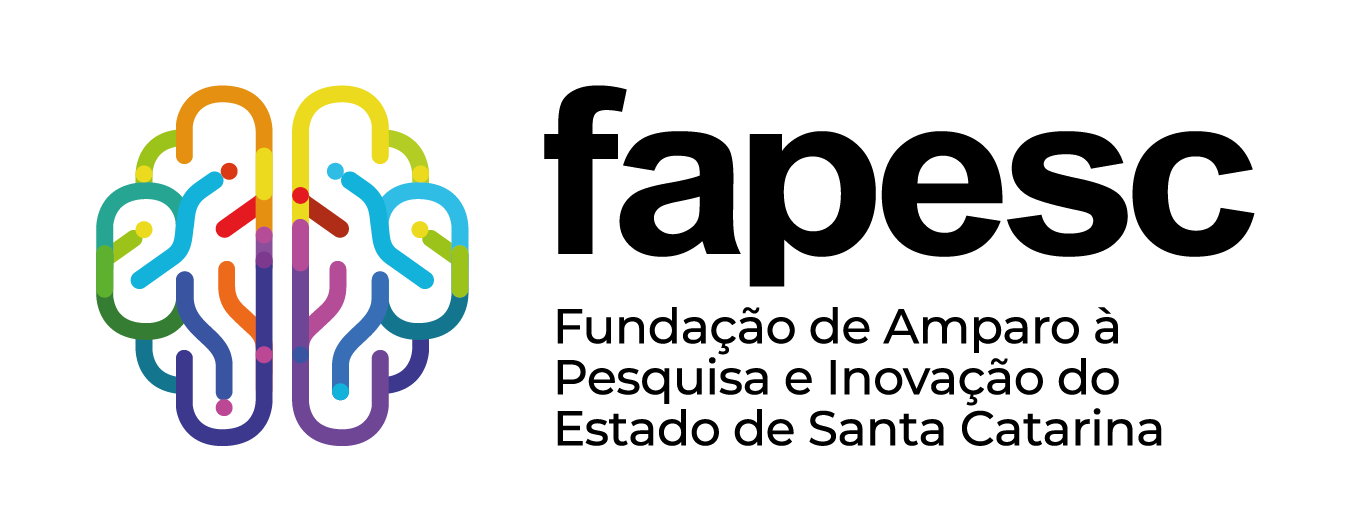Quality attributes for processing potato clones of purple-fleshed in Peru
DOI:
https://doi.org/10.5965/223811711842019444Keywords:
food-security crop, Solanum tuberosum L., pigmented flesh, acrylamide, antioxidative, activityAbstract
There is an increase in the demand and consumption of potato crisps and french chips in Peru. Therefore, the objective of the present work was to evaluate the industrial quality parameters of the physical and chemical characteristics of 17 advanced potato clones with purple pulp and select the clones with the best responses to the attributes of quality for industrial processing in Cajamarca, Peru. The results showed that the clones exhibited acceptable physical characteristics (tuber shape, depth of the eye, skin color, and color of the pulp) for processing, including the Amarilis variety. In addition, the clones reported tuber sizes within the recommended range for chips (40-60 mm) and french fries (≤ 45 mm). Clone CIP302306.19 produced the highest content of dry matter of the tuber (28.60%) and specific gravity (1,106 g cm-3), with low levels of reducing sugars (0.062%) and an acceptable range for the processing of the chips, while the lowest dry matter content (19.39%) and specific gravity (1.072 g cm-3), were reported by clone CIP302290.11. Most of the clones produced tubers with a dry matter content greater than 20% and a specific gravity greater than 0.080 g cm-3, in addition to low levels of reducing sugars, and they are within the acceptable range for chip processing. The study indicated that the tested clones could potentially be used for chip production because of their significant effects on processing parameters.
Downloads
References
ABBAS G et al. 2012. Determination of processing and nutritional quality atributes of potato genotypes in Pakistan. Pakistan Journal of Botany 44: 201-208.
ABONG GO et al. 2010. Evaluation of selected Kenyan potato cultivars for processing into potato crisps. Agriculture and Biology Journal of North America 1: 886-893.
ABU-ZINADA IA & MOUSA WA 2015. Growth and productivity of different potato varieties under Gaza Strip conditions. International Journal of Agriculture and Crop Sciences 8: 433-437.
ARKOUB DL 2016. Influence of the Thermal Processing on the Physico‐Chemical Properties and the Antioxidant Activity of a Solanaceae Vegetable: Eggplant. Journal of Food Quality 39: 181-191.
BANDANA SV et al. 2016. Variation in biochemical parameters in different parts of potato tubers for processing purposes. Journal of Food Science and Technology 53: 2040-2046.
ELFNESH F. et al. 2011. Processing quality of improved potato (Solanum tuberosum L.) cultivars as influenced by growing environment and blanching. African Journal of Food Science 5: 324-332.
FREITAS ST et al. 2012. Processing quality of potato tubers produced during autumn and spring and stored at different temperatures. Horticultura Brasileira 30: 91-98.
GIUSTI MM et al. 2014. Characterization and Quantitation of Anthocyanins and Other Phenolics in Native Andean Potatoes. Journal of Agricultural and Food Chemistry 62: 4408-4416.
HALFORD NG et al. 2012. Concentrations of Free Amino Acids and Sugars in Nine Potato Varieties: Effects of Storage and Relationship with Acrylamide Formation. Journal of Agricultural and Food Chemistry 60: 12044–12055.
KABIRA JN & LEMAGA B. 2006. Potato processing: quality evaluation procedures for research and food industries applications in East and Central Africa. Kenya Agricultural Research 5: 12-19.
KITA A et al. 2015. Antioxidant activity and quality of red and purple flesh potato chips. Food Science and Technology 62: 525-531.
KUMAR D et al. 2004. An overview of the factors affecting sugar content of potatoes. Annals of Applied Biology 145: 247-256.
LI XQ et al. 2005. Inheritance and genetic mapping of tuber eye depth in cultivated diploid potatoes. Theoretical and Applied Genetics 110: 1068-73.
MARWAHA RS et al. 2010. Potato processing scenario in India: Industrial constraints, future projections, challenges ahead and remedies - A review. Journal of Food Science and Technology 47: 137-156.
MORI M et al. 2010. Anthocyanins from Skins and Fleshes of Potato Varieties. Food Science and Technology Research 16: 115- 122.
OGUNTOWO et al. 2016. Effects of processing and storage conditions of cocoyam strips on the quality of fries. Food Science & Nutrition 4: 906-914.
OOKO GA & KABIRA JA. 2011. Suitability of three newly released potato varieties for processing into crisps and French fries. African Journal of Food, Agriculture, Nutrition and Development 11: 5266–5281.
PEDRESCHI F et al. 2016. Quality Evaluation and Control of Potato Chips. In: DA-WEN S. (Ed.) Computer Vision Technology for Food Quality Evaluation. 2.ed. Dublin: Academic Press. p. 591-613.
SINGH SV et al. 2010. Kufri Frysona: First high yielding potato variety for French fries in India. Potato Journal 37: 103-109.
SOLAIMAN AHM et al. 2015. Yield, dry Matter, specific gravity and color of three Bangladeshi local potato cultivars as influenced by stage of maturity. Journal of Plant Sciences 10: 108-115.
THOMAS A & THOMAS A 2014. Acrylamide - A Potent Carcinogen in Food. International Journal of Science and Research 3: 177-188.
TING S. 1956. Rapid colometric methods of simultaneus determinations of total reducing sugar and fructose in citrus juice. Journal of Agricultural and Food Chemistry 4: 263- 266.
ZAMAN S et al. 2016. Assessment of fifteen selected potatoes (Solanum tuberosum L.) genotypes on the basis of biochemical characteristics. International Journal of Biology, Pharmacy and Allied Sciences 5: 725-735.
ZHANG Y et al. 2009. Genetic analysis of pigmented tuber flesh in potato. Theoretical and Applied Genetics 119: 143-150.
ZHANG H et al. 2017. Progress of potato staple food research and industry development in China. Journal of Integrative Agriculture 16: 2924-2932.
Downloads
Published
How to Cite
Issue
Section
License
Copyright (c) 2019 Revista de Ciências Agroveterinárias (Journal of Agroveterinary Sciences)

This work is licensed under a Creative Commons Attribution-NonCommercial 4.0 International License.
Authors publishing in this journal are in agreement with the following terms:
a) Authors maintain the copyrights and concede to the journal the copyright for the first publication, according to Creative Commons Attribution Licence.
b) Authors have the authority to assume additional contracts with the content of the manuscript.
c) Authors may supply and distribute the manuscript published by this journal.






